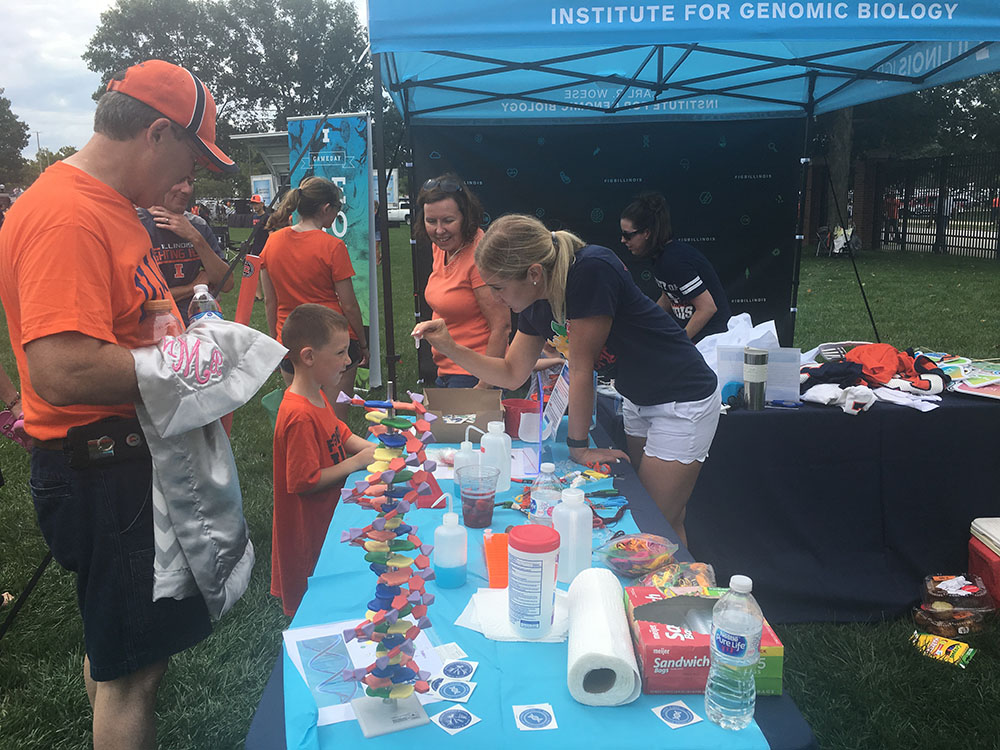New Team Science Leadership Program aims to form new collaborations among mid-career faculty
The Team Science Leadership Program is a new program being offered by the Carl R. Woese Institute for Genomic Biology, consisting of a series of workshops that bring together faculty from all over campus. The workshops are tailored to mid-career faculty, and focus on leadership training, communication skills, networking, and community building. The ultimate goal of the program is to empower faculty to develop new research ideas and collaborations, particularly between disciplines that might otherwise never have the opportunity to interact.





